So I'll get back into those with a little tale about a big rodent. In fact, the biggest rodent in North America:
The labors of this little critter are well-known, even among Homo sapiens. So much so that their legendary labors are the basis for a commonly used expression........an expression meant to describe an equally hard-working human.
I should post the expression here, but I wont. I just wont. It's so obvious. You all know what it is, right? :)
The Fur Trade and the Near Extinction of a Species
What you may find interesting is that the toiling rodent of which I speak was nearly driven to exctinction in North America. Prior to European settlement, the Beaver population here was estimated to be anywhere from 60-400 million (Seton 1929). This is obviously a very broad range, but even if the true number lies more towards the lower end.....that's still a hellavalotta beavers! It was also very widespread in it's distribution, with the potential to occupy any aquatic habitat found from the arctic tundra to northern Mexico.
But it was their pelt.....their soft, warm, luxurious fur.....that got them in trouble when Europeans landed in the New World. In previous centuries staying warm meant standing near a fireplace to roast your frontside, while your backside froze becuase you lived in a structure with no insulation. Thus, wearing animal furs, such as beaver, made a miserable winter slightly more tolerable. Beaver pelts, therefore, had a more utilitarian function at first. Later wearing garments made of beaver became a status symbol among Europeans. Felt made of Beaver wool was most importantly used to make hats (Carlos and Lewis 2008). The review by Carlos and Lewis is an outstanding historic summary of fur trading in North America. As they point out, for centuries hats were a required part of daily garb for both men and women. A hat was a symbol of social status or authority during Colonial times. Unfortunately for our giant rodent, from the late 15th century to the 19th century, the most desired hats were made from beaver wool felt. By the 16th Century, the European Beaver (Castor fiber) was already nearly extinct, probably due in large part to the demand for hats (and castoreum). As a result, Beaver wool was hard to come by in Europe. Thus, it should come as little surprise that once Europeans landed in the New World and saw the prevalance of the North American Beaver, the exploitation of this resource began.
Beaver pelts are the most "desirable" when they are dense and luxurious. The most luxurious pelts come from Beaver living areas with extreme winters. As a result, the most severe harvests apparently started in Canada. In the New World, pelts were obtained from Native American and transplanted European trappers who exchanged them for goods with commercial trading operations. These commercial outfits then shipped the pelts to Europe for their final sale. Thus, the trade in Beaver pelts spanned the Atlantic: demand being driven from Europe, while volume and price being dictated in North America. To meet this demand, Beaver pelts were shipped back to Europe in high volume. For example, it has been estimated that the potential market for hats in England alone was 5 million in 1700. These demands did not abate or level off over time and, in fact, they increased. For example, 69,500 beaver hats were exported from England to the rest of Europe in 1700...by 1760 this number rose to 500,000 beaver hats (and 370,000 hats made of a combination of beaver wool felt and the felt from another animal's wool). Again..this data is nicely summarized by Carlos and Lewis (2008).
The very high demand for beaver pelts....a demand that was increasing....led to a high harvest rate for North American Beavers. Hays (1871) estimated that 80,000 Beavers were harvested annually from 1630-1640 in the area of the Hudson River and western New York. The accuracy of estimates based on historic records may be questionable, but this number is staggering! This high harvest rate (especially along the eastern Sea Board of the U.S.) led to population declines. As eastern populations dwindled, trappers moved further inland to seek Beaver pelts....which resulted in the formation of the Hudson Bay Company who traded in that bay of the same name. One good thing about the formation of the Hudson Bay Company is that they kept close records on their trade in Beaver pelts starting in 1700. As a result, it's possible to get some appreciation for the numbers of Beaver harvested and traded through them at that time. For example, records from one of their main trading posts at Fort Albany from 1700 to 1720 indicate that an average of about 19,000 beaver pelts a year were processed. From 1721 to the late 1740s, the annual average pelts traded were about 14,000. After a period of stability, and even increase in the late 1740s, the numbers of pelts recieved dropped drastically. By 1756 less than 6,000 pelts were recieved and in 1770 only 3,600 beaver pelts were recieved. Remember...these records are only for Fort Albany. Hudson Bay Company had other trading posts and they weren't the only gig in town.
Couple the extreme harvest pressure on Beavers with the loss of suitable habitat that has occured over time (for example, Shaw and Fredine 1971 estimated a loss of up to 260,000 km-squared of wetland habitat in the U.S. since the time of European settlement).
Today, trapping regulations and an absence of Beaver predators (which is also the result of human activity) has allowed Beaver populations to rebound slightly. For example, according to Naiman et al. (1988) the US Beaver population is estimated to be between 6 and 12 million. Great. Although this estimate may be a tad dated and on the low side....it's a far cry from the historical estimates of 60 to 400 million!
_______________________________________________________________
The Influence of Beavers on Aquatic Ecosystems
Beavers are often refered to as "ecological architects". They have the ability to massively alter aquatic habitats by busily building their dams. Interestingly, their removal and near extinction must have drastically changed freshwater habitats in North America. This obviously occurred before modern limnologists (people who study freshwater) started to conduct their research. As a result, as Naimen et al (1988) point out, "our understanding of stream ecosystems is derived from sites that lack the influence of this previously abundant and ecologically important herbivore".
Beavers alter the landscape in several ways. The most obvious way is by daming the stream, and transforming it into and "impoundment" (or Beaver pond). In other words, they build their dams in a stream, the water backs up and what was once a swift flowing stream...becomes a slow moving, backwater wetland habitat. Beaver dams reduce annual water discharge and velocity substantially. As water backs up, the area of flooded soils increases, as does deposition of sediment and organic material. Naiman et al. (1986) report that a even small dam (4-18 meters-cubed in size) retained 2,000 to 6,500 meters-cubed of sediment. Beaver ponds can also substantially change the way nutrients, such as nitrogen and especially carbon, cycle within aquatic ecosystems compared to a stream. As a result of the massive differences in nutrient cycling and hydrology, these two habitats (streams vs. wetlands) have very different assemblages of species that associate with them. Furthermore, the physical and chemical characteristics of a Beaver pond change over time! So, there is further variation in how Beavers influence their environments.
Yet, Beavers don't just alter aquatic habitats. To create their dams, Beavers must take something from the nearby riparian zone (or zone associated the stream banks). Any ideas as to what it is that they take? Naiman et al. (1988) reviewed work by others and found that in northern latitudes, Beavers can be responsible for the removal of up to 1 metric ton of wood annually within 100 m of their ponds. In fact, Beavers can almost completely eliminate the trees in a riparian area that is comprised mostly of tree species they prefer. You may imagine that this can have a profound effect on the structure and function of terrestrial ecosystems adjacent to Beaver ponds. For example, removing many trees increases light penetration to forest floor, giving smaller plant species access....changing plant assemblages in the area, which can change the animals species that use the habitats created by the vegetation.
So, Beavers come in, change water flow, nutrient-cycling, and hydrology of an area. They also alter the associated terrestrial landscape. These activities drastically alter the species found in these areas after Beavers become established AND drastically alters ecosystem function. As more Beavers move into a watershed, the more impact they have. As Naiman et al. point out: "A Beaver-impounded landscape is thus a mosaic of different vegetation types, due to the dynamic hydrology of beaver ponds, the diversity of pre-impoundment vegetation, and the changes caused y beaver foraging in the riparian zone."
Therefore, Beavers can exert incredible influence on, not only aquatic ecosystems (i.e. turning streams into wetlands), but also adjacent terrestrial ecosystems! Some suggest that no other animal species (especially one that is only found in small family groups) has as great of an impact on their surroundings.
That's alot of impact for a big rodent!
_______________________________________________________________
Finding the Busy Beast
Alright...alright. I know! I know what you are saying: "C'mon with the pictures, chump!" But, once I start talking about something of interest....it's easy for things to get out of control!
So, about three weeks ago...as I wandered along stream banks at one of my study sites, I came across a mud slide down to the water. I was not very far from my otter latrine site, so I assumed it was an otter slide. However, as I inspected the slide more closely, it became apparent that this was not a slide confined to the stream bank. It appeared to be drag that plunged back into the adjacent scrubby woodland behind me. What the hell an otter would be doing such a thing for was beyond me.
Above: the drag marks I followed that lead me away from the stream.
Although I was sort of pressed for time on that given day, I couldn't help but investigate....so I followed the strange "slide". Within seconds I saw something that made me exclaim to myself..."Well, duh..ya idjiot! Of course this isn't the work of otters!" There, along the trail, was a freshly gnawed-off tree about the diameter of a sapling.
Above: obvious evidence of Beaver activity along the trail I followed
I continued along the trail, which I now knew had been created by Beavers dragging trees down to the water. Soon the trail began splitting off into various other directions...and more evidence of fresh beaver activity starting showing up.
Above: A tree trunk with both fresh and old beaver activity present. Note also the shavings at the base.
Finally, the trail lead into an opening....which was a great example of how Beavers can almost clear-cut an area comprised of trees they prefer.
Above: a small clearing in the shrubby woodland, created by Beavers.
Dang, I thought, I need a camera in here! I didn't have an extra camera with me at that time....but I knew I had one at home that I could jimmy-rig to work somewhere in the vacinity of the beaver activity. So, after investigating the area a bit more, I headed for home.
The next day, I came back...extra camera in-hand....looking to trap me some Beaver (pictures of Beavers, that is). Now, anyone who uses camera traps knows, more often than not you have to secure them to trees. This is especially true if you are working in areas where theft can be a problem. What is the difficulty with this when Beavers are involved, you ask? Well....should our giant chewing rodent decide he wants the tree that your camera is attached to, you may (1) fail to get Beaver pictures because (2) your expensive camera was incorporated nicely into the dam of the busy little critter!
All of this went through my mind as I tried to find a suitable location to mount my camera. The Bushnell I was going to use had a sluggish trigger at times.....so I couldn't put it perpendicular to the trail. If I did that the Beaver may lumber past too fast for the Bushnell to snap a good shot. I also didn't want to put it in the woodland clearing. Mostly because the only suitable tree for mounting a camera was the same species the Beaver seemed to be fond of chopping! The camera had to go on the trail somehow. But, it had to be facing up or down the trail (not perpendicular to it). It also had to be on a tree that the Beaver appeared to be passing by, for whatever reason.
I found a tree that appeared useful. It looked like the same species of tree that the Beavers had been focusing on. However, they had passed this particular tree by again and again when dragging branches back to the water.
Not a great option, but better than none. So I mounted the camera, and with alittle trepidation, left the site.
Above: a test photograph from the location I mounted my camera trap along the Beaver drag.
Well, I waited...and got nervous...and started thinking the worst.
What if the Beavers decided suddenly to take the tree I had my camera on? I'd be out the cash and didn't have any to replace the missing unit. Man I was an idiot! What was I thinking?!
Ultimately, circumstance dictated that I had to go to my site about four days later (usually, I'm out weekly in the winter/early spring). Immediately upon my arrival, I marched to my Beaver camera set and breathed a sigh of relief. The camera was still there!
So, I opened the camera and noticed it had taken 400 plus pics in that four day period. Very exciting! Upon arriving home, I anxiously scrolled through the pics. Sure enough, I had gotten a ton of Beaver pictures!
But not at first......
The first visitor was an eastern cottontail (Sylvilagus floridanus).
March 11, 2011 (Evening) through March 12, 2011 (Morning):
About an hour later, our busy little friend came calling....
A few hours later, another one enters along the same path.
Not long afterwards, one of the Beavers is on the way out, and he's dragging a tree with him (appears to be a cedar of some kind). Note the tree branches in the lower right of the field of view beind hauled out by the beaver.
Several hours after that, the second Beaver is on his way back to the water with a small tree in his mouth.
A few hours later, one of our little friends returns yet again!
But, he is apparently less-than-satisfied with what he has to choose from, and leaves empty-handed.
March 13, 2011: A Beaver returns, ready to work...
...and leaves soon after with some wood that is to his liking....
....not long before he's back.....
This is a quick trip, though. Within a few minutes, he's leaving with branch in-mouth....
March 14, 2011: the Beaver returns as predicted.
....and this time, there's a co-worker on his heels.....
They both quickly find what they are looking for and head back to the water one-after-the-other (I love the first picture below). In the second picture, we see only the tips of the branch that the other Beaver is hauling by.
March 14, 2011 (evening): The Beaver is back! This time, though, he plunges down a new side-trail directly in front of the camera.
....and he returns with some wood for the dam....
This is the last picture I got of the Beavers that night.
Next came the ubiquitous white-tailed deer (Odocoileus virginianus).
And finally, a pair of thumpers....
I pulled the camera in the late morning of March 15, 2011.
I'm hoping to find more good Beaver spots in the future. Most that I find, however, are close to the water....given the "flashy" nature of streams in this area, placing a camera too close to water is hazardous...should an unforseen rainstorm hit. The beaver set discussed above was as perfect as it gets! I hope I can find another spot this good!
Literature Cited
Carlos, A. and F. Lewis. 2008. Fur Trade (1670-1870). EH, Net Encyclopedia, edited by R. Whaples. URL: http://eh.net/encyclopedia/article/carlos.lewis.furtrade
Hays, W.J. 1871. Notes on the range of some animals in America at the time of arrival of the whiteman. American Naturalist 5:25-30.
Naiman, R.J., C.A. Johnston, and J.C. Kelley. 1988. Alteration of North American streams by beaver: the structure and dynamics of streams are changing as beaver recolonize their historic habitat. Bioscience 38:753-762.
Naiman., R.J., J.M. Melillo, and J.E. Hobbie. 1986. Ecosystem alteration of boreal forest streams by beaver (Castor canadensis). Ecology 67:1254-1269.
Shaw, S.P. and C.G. Fredine. 1971. Wetlands of the United States: their extent and value to waterfowl and other wildlife. United States Deptartment of the Interior, Fish and Wildlife Service. Circular No. 39. Washington, DC.
Seton, J.R. 1929. Lives of game animals. Vol. 4, Part 2, Rodents. Doubleday. Garden City, NY.


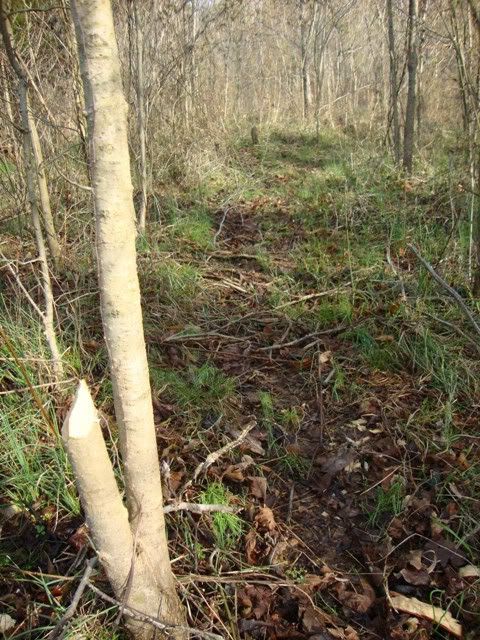
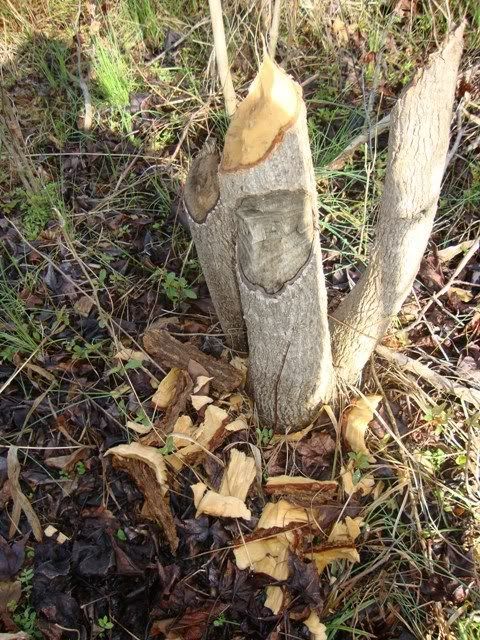


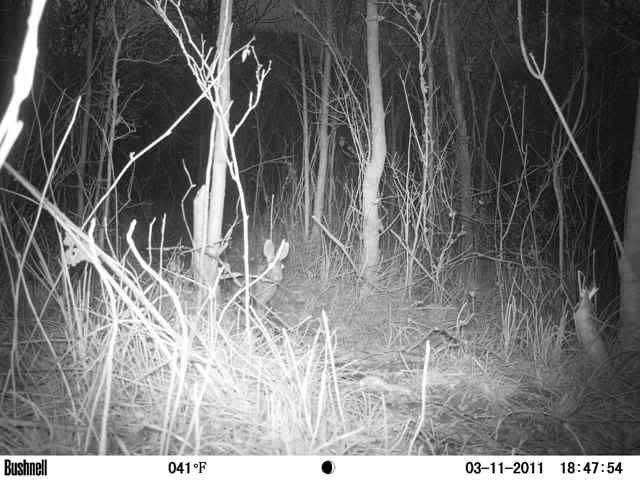
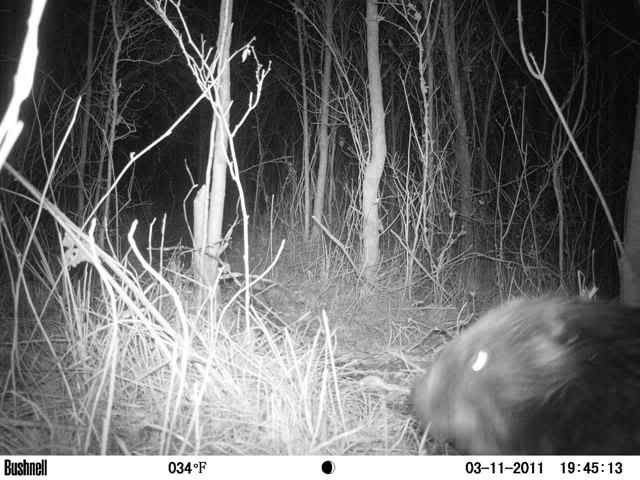
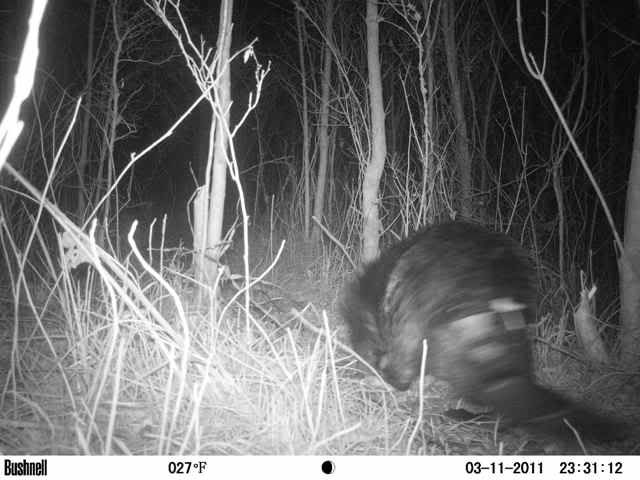
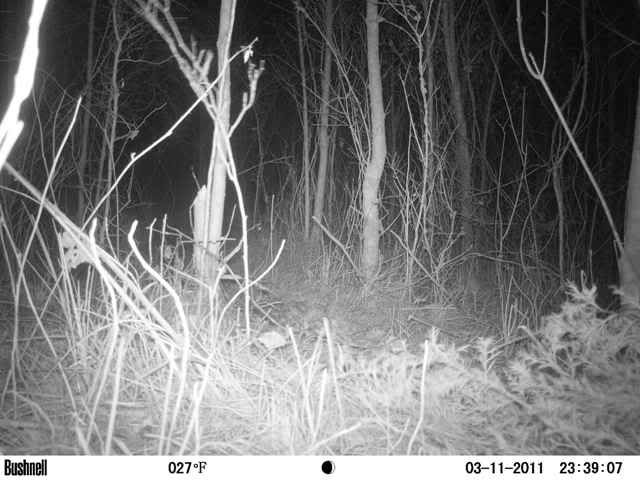
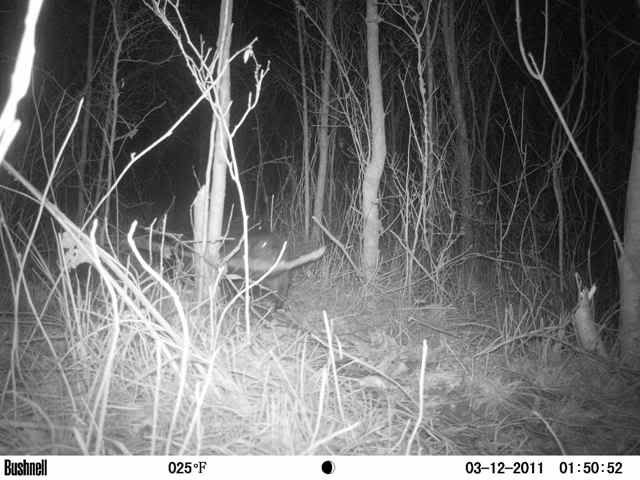
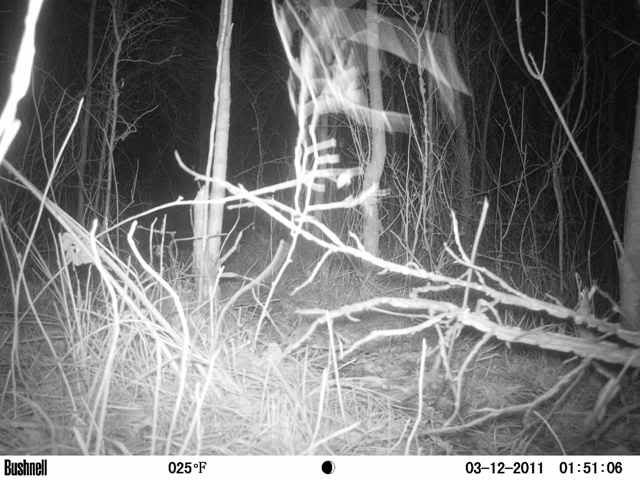
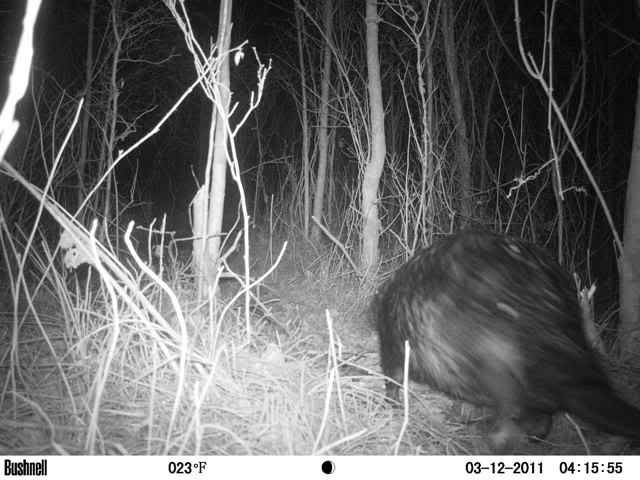
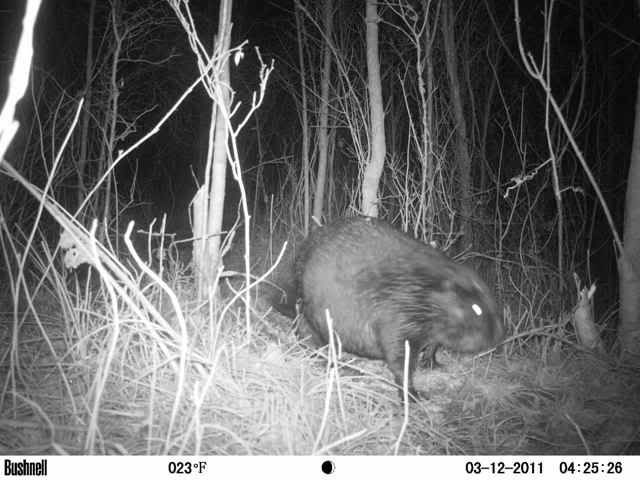
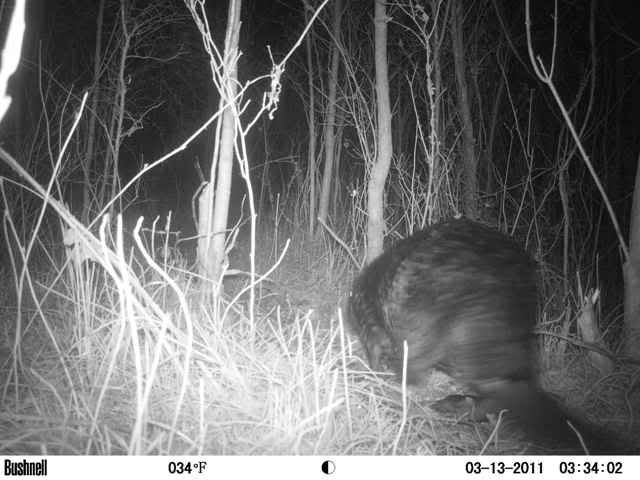


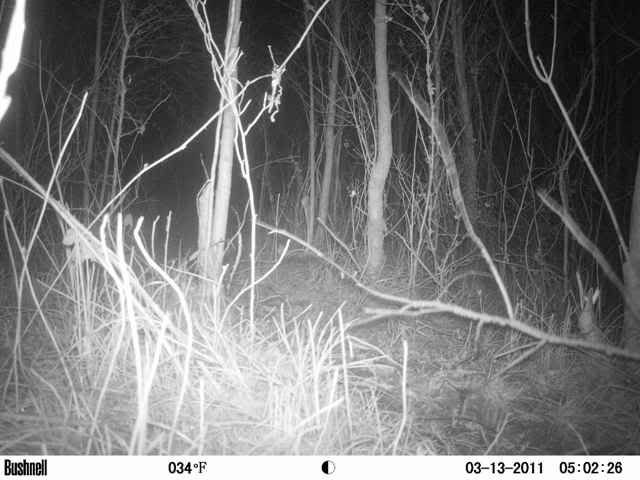
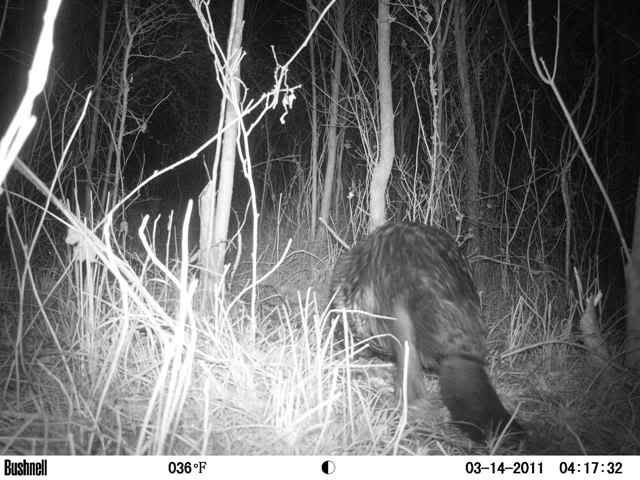

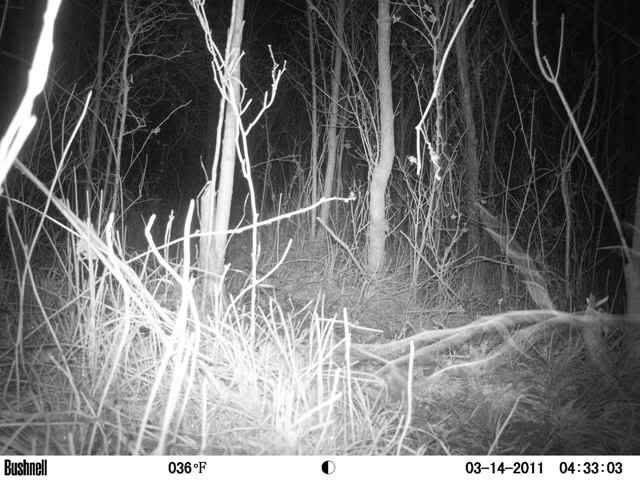
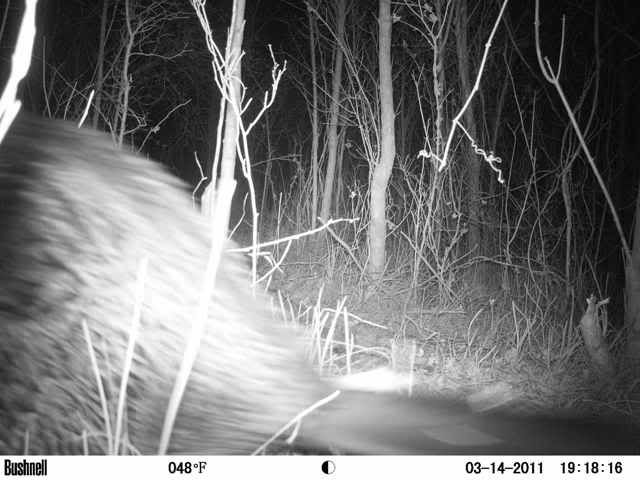

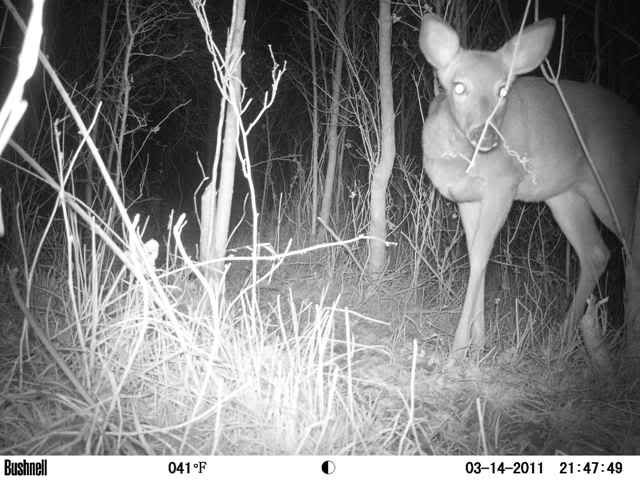

Excellent post and very interesting reading. I had been trying to get a beaver on film this year too, and my fear of leaving my trail camera with them got the best of me. Love your blog! It's exactly what I like to read.
ReplyDeleteBill
Hey Bill!
ReplyDeleteThanks! Glad you liked the post (and the blog). This post was epic in size...but once I started writting about Beavers, I just couldn't contain myself.... :)
I enjoy your blog as well!